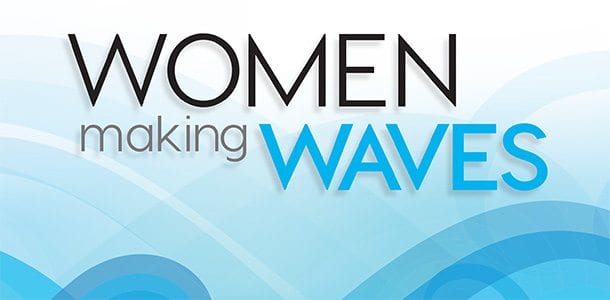Great Lakes restoration strategy formed for 2006
CHICAGO – U.S. Environmental Protection Agency Administrator Stephen L. Johnson joined other federal, state, local and tribal officials at an event yesterday in Chicago to unveil the Great Lakes Regional Collaboration Strategy that will serve as a blueprint for prioritizing future actions to restore and enhance the lakes, EPA reported in a statement today.
The administrator also committed to specific actions among federal agencies to accelerate cleanup of contaminated sediment, return another 200,000 acres of wetlands to ecological health in equal partnership with the states, reduce the spread of invasive species and make beaches cleaner.
“One year ago, we accepted President Bush’s unprecedented charge to devise a strategy for prioritizing future actions to protect the Great Lakes,” Administrator Johnson said. “Today’s blueprint is the next step in ensuring these majestic lakes remain an international treasure.”
The Great Lakes Legacy Act of 2002 authorizes $270 million in funding over five years for cleanups of contaminated hot spots at 31 areas of concern in the United States. In 2004, the first year funds were available, Congress appropriated $9.9 million. In 2005, Congress appropriated $22.3 million, and $30 million will be available in 2006. President Bush requested $50 million in 2006, according to EPA.
Last week, EPA announced the approval of a $50 million Legacy Act cleanup of the Ashtabula River in Ohio, a tributary to Lake Erie. Cleanups of Black Lagoon, an inlet of the Detroit River in Trenton, Mich., and Newton Creek/Hog Island Inlet in Superior, Wis., were completed last month. Another project is under way at Ruddiman Creek in Muskegon, Mich. And more projects are expected to be announced in the coming months.
Johnson also stated that EPA will work with Congress to ensure that the interim barrier halting the advance of Asian Carp to the Great Lakes system is made permanent.
In addition, EPA will work with U.S. Army Corps of Engineers to expedite projects to restore wetlands and aquatic habitat. This effort includes streamlining the wetlands permit process specifically for restoration and water quality projects in the Great Lakes basin. EPA and the states will also take action to restore another 200,000 acres in the basin in an effort to support biological diversity, help maintain valuable economic resources like fisheries, provide flood control and filter pollution.
The agency will also supplement and bolster beach monitoring and notification programs in lakeside communities. EPA proposes a three-year, three-step effort to perform watershed-based sanitary surveys in Great Lakes recreational waters to help identify sources of pollution. Surveys will be done in 2006 and the first pilot projects should begin in the Great Lakes basin in 2007, EPA reported.
President George W. Bush’s Executive Order 12240 (May 18, 2004) recognized the national significance of the Great Lakes, established a federal task force and supported the creation of a Great Lakes Regional Collaboration. Over the past year, more than 1,500 people from throughout the Great Lakes basin participated on eight strategy teams to develop the recommendations that form the basis of the strategy.
Summit I was held in December 2004 in Chicago with conveners representing the federal government and Great Lakes states, cities, tribes and public interest groups as well as the region’s congressional delegation.
Yesterday at Summit II, representatives from the collaboration signed a resolution formally adopting the strategy and committing to continue to work together. The strategy is available at www.glrc.us.
- For more of the latest news, click here.




